
Leonardo Dinic, Expert in Geopolitics and International Business, the Future of Work, and Emerging Technologies
Feb 07, 2018
The U.S. and China are both vying to develop comprehensive national security strategies which incorporate artificial intelligence (AI) developments. However, their approaches differ in investment strategy, cooperation with AI leaders, development of talent, and anticipation of potential challenges. Differences in policy implementation will likely determine the leader of the upcoming AI revolution.
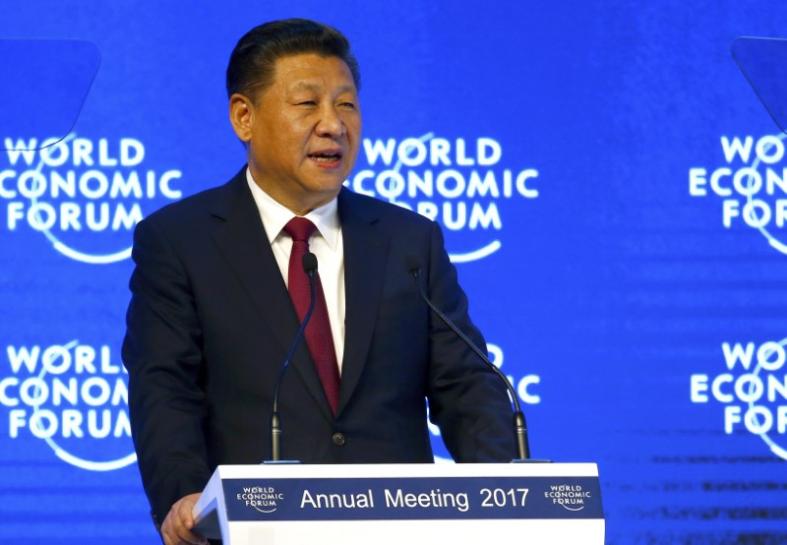
Amy Zhao, M.A. Student, NYU Washington Square
Feb 07, 2018
It is clear from this year’s Davos conference that while America has shifted its attention from maintaining the world order to strengthening its domestic economics, China is making use of the “leadership vacuum” and trying to convince the world that it is qualified.
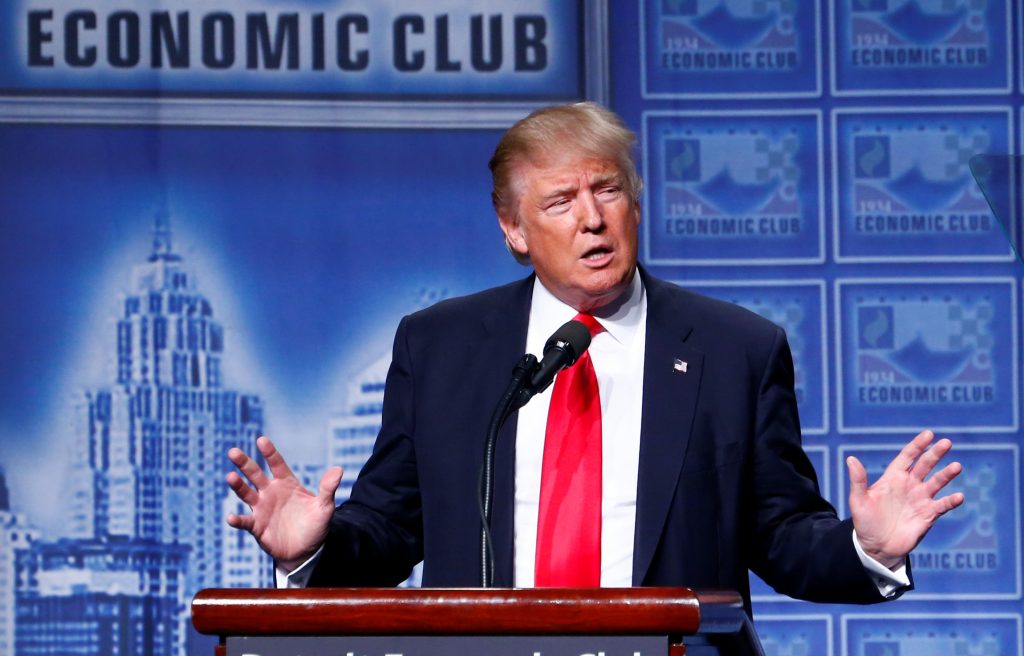
Hua Xin, PhD, CASS Graduate School
Feb 06, 2018
How did the US economy do in Trump’s first year?
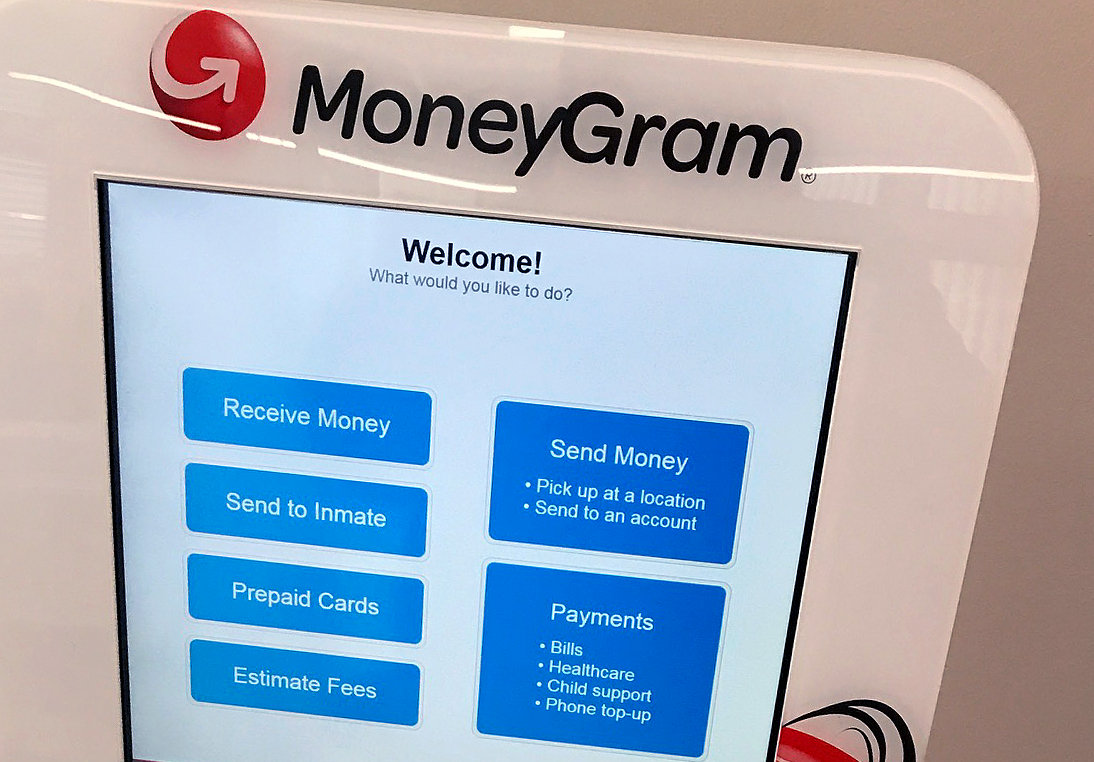
Peng Gui, Graduate Student, Johns Hopkins School of Advanced International Studies
Feb 06, 2018
Chinese companies have become major targets of the CFIUS review process in recent years. This may continue or escalate if Congress passes the Foreign Investment Risk Review Modernization Act.
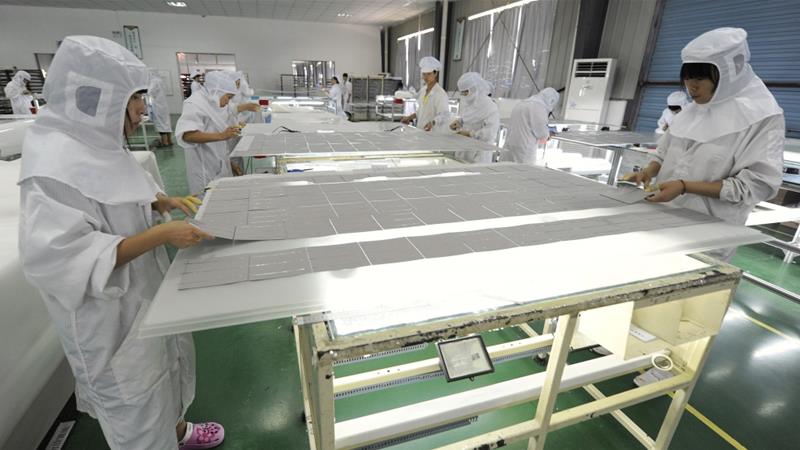
Christopher Balding, Associate Professor of Business and Economics, HSBC Business School in Shenzhen
Feb 06, 2018
Despite the high profile rejection of the MoneyGram acquisition, Beijing’s limits on capital controls have demonstrably killed more deals than U.S. national security concerns. Though China’s concern is understandable, it simply does not hold up to factual scrutiny that Beijing is targeted any more than other countries.
Feb 05, 2018
China plans to set up international courts to deal with disputes arising from the execution of BRI.
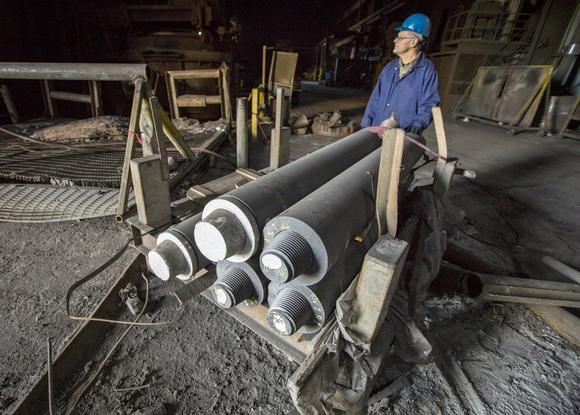
Derek Scissors, Resident Scholar, American Enterprise Institute
Feb 02, 2018
President Trump’s long-held views and campaign words signify heavy political pressure to shrink the U.S. trade deficit. Additional and unprecedented steps will be taken in 2018, primarily directed at China. But the trade deficit, especially the bilateral Sino-American deficit, may not budge.
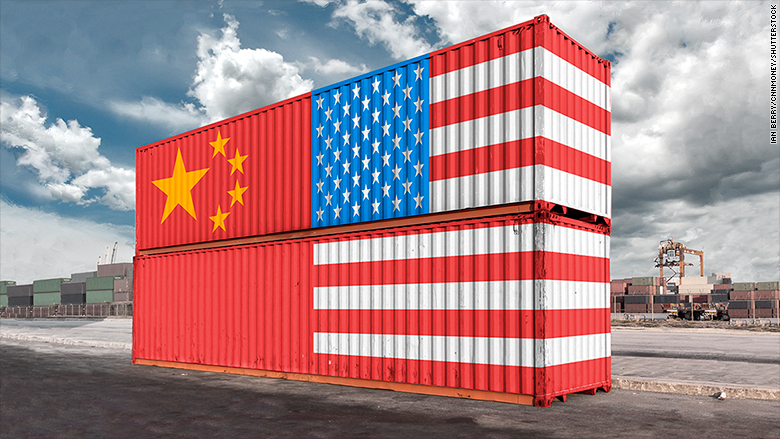
Stephen Roach, Senior Fellow, Yale University
Feb 01, 2018
The imposition of so-called safeguard tariffs on imports of solar panels and washing machines under Section 201 of the US Trade Act is directed mainly at China and South Korea.
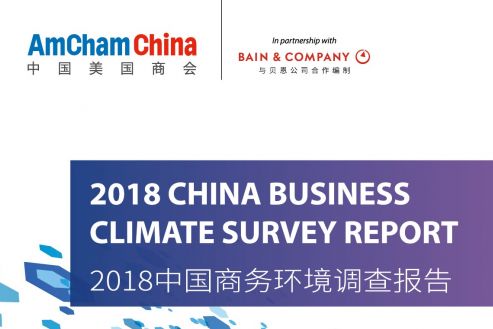
Jan 30, 2018
Latest AmCham China survey developed in collaboration with Bain & Company finds greater optimism about future of U.S.-China relations
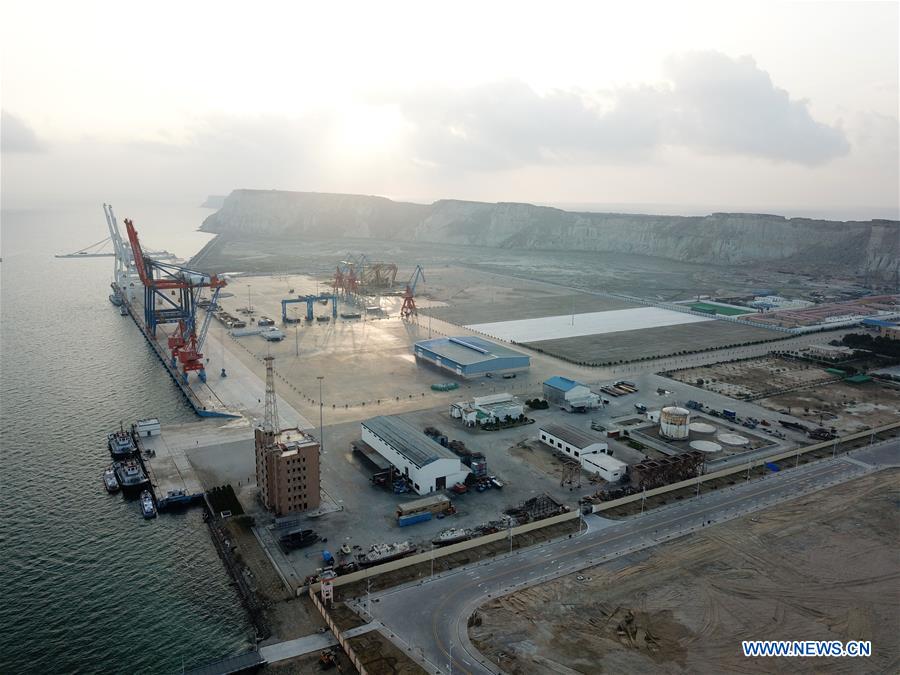
Zainab Zaheer, Development Consultant
Jan 30, 2018
It’s no secret that Pakistan and China have recently strengthened their long-standing relationship. With preparations for the China-Pakistan Economic Corridor well underway, ties between Beijing and Islamabad seem to be stronger than ever. According to a senior economist in Karachi, “As the U.S. looks inward, China is reaching out.”
Back to Top

- China-US Focus builds trust and understanding between the U.S. and China through open dialogue among thought leaders.
- Our Offerings
- Topics
- Videos
- Podcasts
- Columnists
- Research Reports
- Focus Digest
- Stay Connected
-
Thanks for signing up!
- Get the latest stories from China-US Focus weekly.